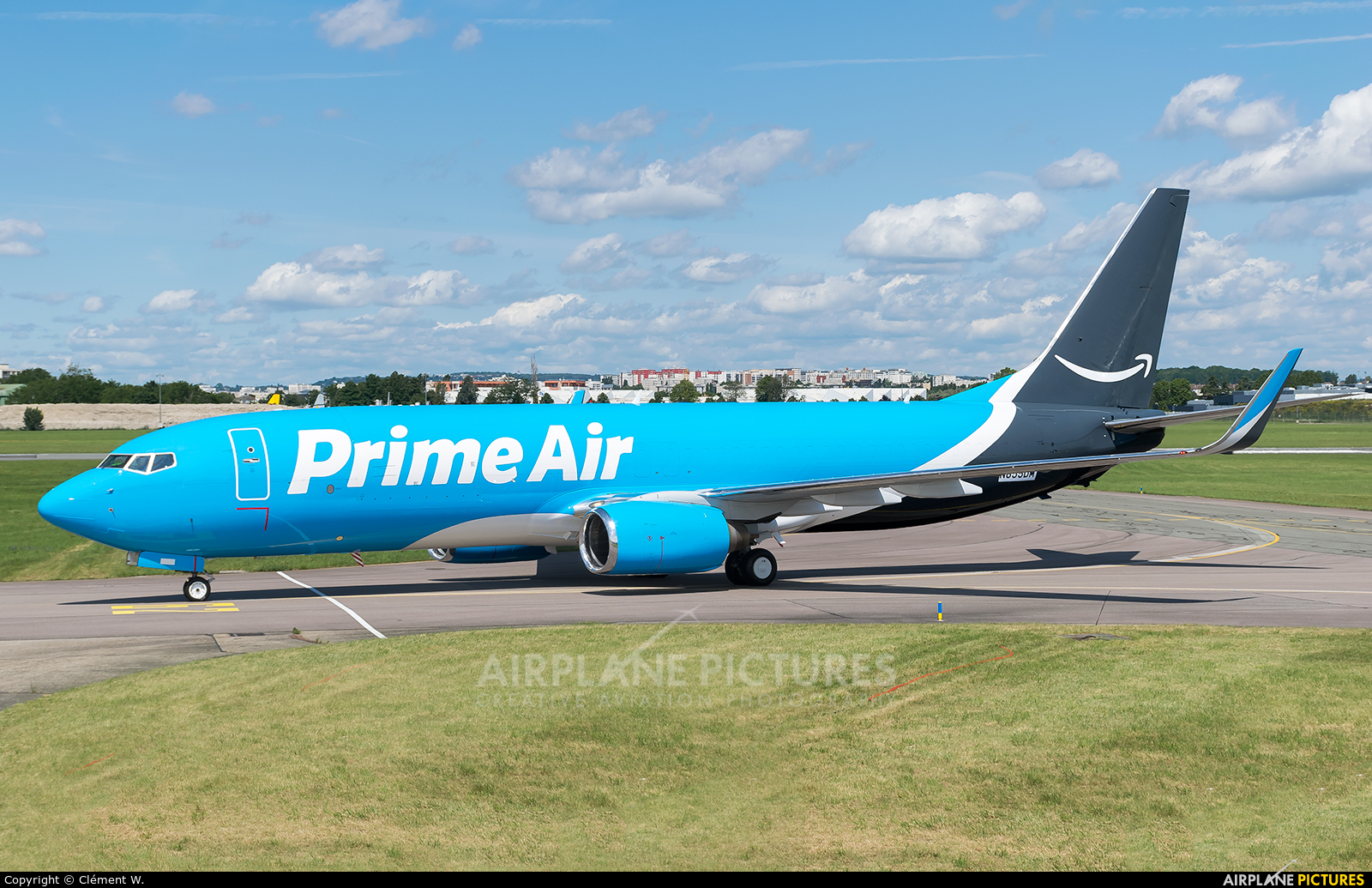

In April, it opened a 660,000 square foot ground facility at a cargo airport in southern California, and in August it opened a $1.5 billion cargo hub at an airport in northern Kentucky.


The airline now operates out of 42 US airports and eight European airports. In March, Amazon also bought a minority stake in the fourth largest cargo airline by fleet size, Air Transport Services Group, and the company owns warrants to buy a piece of the sixth-largest cargo airline, Atlas Air.Īmazon Air has also expanded its presence at airports. Since 2015, Amazon Air has amassed a fleet of 75 cargo planes, giving it the fifth largest dedicated cargo fleet in the world according to the Planespotters database. Story continues Amazon expands its air fleet India’s billion Covid-19 vaccinations seem astounding, until we look at the global context That compares to the $56 billion Amazon spent on logistics infrastructure in the five years between Amazon Air’s launch in 2015 and the onset of the pandemic in late 2019, Cowen analysts estimate.Īmazon’s air freight investments aren’t just an urgent effort to move goods faster as the holiday shopping season approaches: Analysts who watch Amazon believe it will be one of the first steps toward competing directly with incumbent couriers like FedEx and UPS as a global delivery service. In 2020 alone, Cowen analysts estimate that Amazon invested $80 billion in logistics infrastructure-everything from warehouses to trucks to cargo planes-and they expect the company will wind up spending another $80 billion in 2021. “They had plans for this, but the pandemic obviously pulled forward everyone’s demand for e-commerce and strained capacity,” said John Blackledge, an analyst at the investment bank Cowen. Amazon went on a plane buying spree in the pandemic summer of 2020, fueling the fastest expansion yet of its air fleet. The ensuing supply chain chaos has prompted the company to double down on its airplane dreams.


 0 kommentar(er)
0 kommentar(er)
